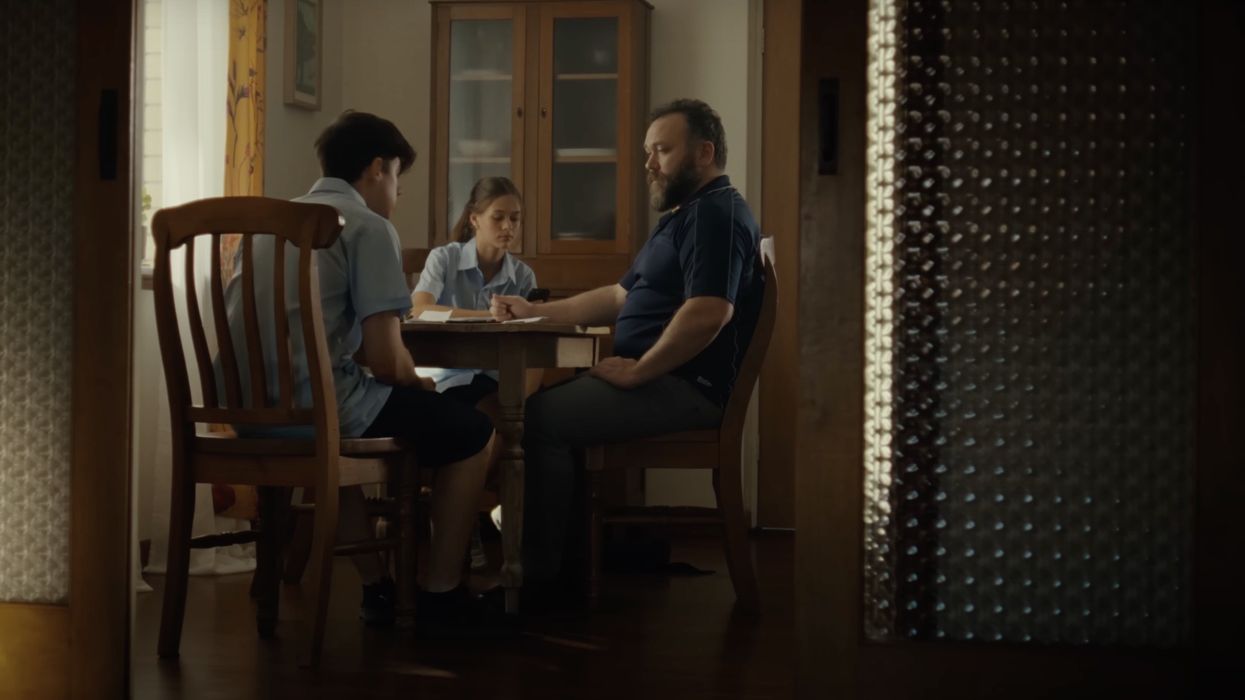How You Can Recreate Sleepy Afternoon Sunlight
It's all about the tiny flaws that make your fake sunlight feel natural.

Creating realistic sunlight that you can manipulate to create a beautifully lit scene is the dream of many cinematographers. It's one thing to recreate beautiful looking sunlight from powerful units, but it’s another to nail the type of sunlight that tells your viewer what time of day it is.
While we have many tips for creating natural-looking sunlight on a budget or finding the right ways to utilize the sun during its prime hours, we’ve never really covered how to create light that conveys a specific time of day. Luckily, Lewis Potts shows how he recreated afternoon sunlight in his cinematography breakdown for one of his projects. You can check out the full video here:
Recreating afternoon sunlight
Potts wanted to recreate afternoon sunlight for this ad that took place after school. Using his RED Komodo with Cooke Speed Panchro lenses, Potts knew the key to creating this late-afternoon energy was making sure that consistent hard light added enough contrast to the scene to create a sense of realism.
It’s important to note that if you are lighting through the same window that the sun is coming through, the sun will go in and out of clouds and affect your light. It is highly recommended that you don’t use a window that the sun will hit.
Outside of the main window he was using for the scene, Potts places a 1.2K HMI going through a 4x4 grid of diffusion, which was further diffused by the curtains. Then, Potts placed an ellipsoidal light to create a hard light. Hard light can add a bit more contrast to the scene by having bits of light everywhere, and it feels more real.
Instead of having a perfect backlight highlighting the entirety of the subject's head, a splash of light on the arm can make it not feel staged. It's a balance of good and real, not perfect.
To create a more compelling scene, Potts shaped the scene by placing a light outside a different window that highlighted the subject who was facing away from the main light source. This also helps to build depth in the background. A CRLS reflector bounced the sunlight through the window behind the camera to create a soft background light that adds contrast between the foreground and the background.

Although Potts believes that these three sources of light were enough for the scene, he had enough time to place tube lights behind door frames and set up other lights that would create amazing eye light for the characters on a closeup. Little details like this are not always planned, but they can help create a better shape for the scene to fit into.
When planning to create your next “natural light” setup for an upcoming project, it’s important to find a way to make the light not feel staged. If the goal is to recreate the light of everyday life, then focus on what light looks like at specific times of day and how you can mimic that imperfect, somewhat harsh light.
Recreating sunlight is a practice that takes a bit of time to perfect that natural look. There is no technical way to light a scene for the afternoon, so play around and see what looks naturally beautiful to you and add that to your cinematography skill tree.
Do you have any tips for recreating afternoon sunlight? Share them in the comments below!
Source: Lewis Potts
















